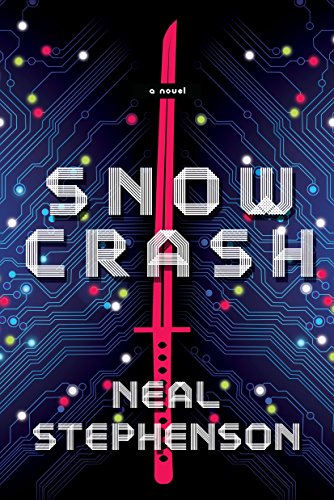It was a good lecture. Many things which I had read about him on the Internet make sense now.
User Profile
This link opens in a pop-up window
Tomek Święcicki's books
To Read (View all 344)
User Activity
RSS feed Back
Tomek Święcicki rated The double helix: 4 stars

James D. Watson: The double helix (2001, a Touchstone book, published by Simon & Schuster)
The double helix by James D. Watson
By identifying the structure of DNA, the molecule of life, Francis Crick and James Watson revolutionized biochemistry and won themselves …
Tomek Święcicki reviewed Steve Jobs by Walter Isaacson
Tomek Święcicki reviewed Bad Blood by John Carreyrou
Tomek Święcicki reviewed An Elegant Puzzle by Will Larson
Review of 'An Elegant Puzzle' on 'GoodReads'
4 stars
I do not aspire to be a manager, however I wanted to read this book. I wanted to get to know what type of problems you might face as a manager.
Despite this, the book was useful for me. I am always allowed suggesting how we can improve our processes and what we should change.
If you are a manager, I would recommend this book to you; if you are not you also should read this book. You do not have to read the whole content (some subchapters are written precisely for managers), but after reading you should know better why some actions had been executed, why some operations are necessary, and the most important: how to get along with your manager.
Tomek Święcicki reviewed Thinking, fast and slow by Daniel Kahneman
Review of 'Thinking, fast and slow' on 'GoodReads'
4 stars
The author suggests that we consist of two systems. System 1 and System 2. System 1 is fast and System 2 is slow. We always use System 1 and sometimes System 2. Why? System 2 is lazy. System 2 is "rational". Not everyone likes to think harder about the problem. If something is not so important for us, then we just use System 1; it is just our "experience". I would compare this system to "pattern recognition", it is fast, but that's it. Sometimes we need to go deeper, so System 2 is needed. This system is more "rational".
We also consist of two selves: the remembering self and the experiencing self. The remembering self does the living and the experiencing self keeps score and makes the choices. In most experiments, we neglect the duration of an event. We remember peak moments and the end of the event.
We are …
The author suggests that we consist of two systems. System 1 and System 2. System 1 is fast and System 2 is slow. We always use System 1 and sometimes System 2. Why? System 2 is lazy. System 2 is "rational". Not everyone likes to think harder about the problem. If something is not so important for us, then we just use System 1; it is just our "experience". I would compare this system to "pattern recognition", it is fast, but that's it. Sometimes we need to go deeper, so System 2 is needed. This system is more "rational".
We also consist of two selves: the remembering self and the experiencing self. The remembering self does the living and the experiencing self keeps score and makes the choices. In most experiments, we neglect the duration of an event. We remember peak moments and the end of the event.
We are not rational, so we should help ourselves using algorithms.
Tomek Święcicki rated Nikola Tesla: 5 stars
Review of 'Ganbare Warsztaty umierania' on 'GoodReads'
5 stars
Historia o narodzie, który przestał żyć w strachu przed trzęsieniami ziemi.
Głównie znajdziesz tutaj zbiór opowiadań o osobach, które przeżyły tsunami z 2011 roku i próbują sobie radzić z dalszym życiem. Co rząd ma im do zaoferowania? Co się stało z terenami napromieniowanymi? Kiedy ludzie będą mogli tam wrócić? Jak nie dopuścić do kolejnej katastrofy elektrowni atomowej? Ile jeszcze ludzie będą żyć w zastępczych domach zbudowanych z kontenerów, w których słychać oddech sąsiada?
Jak dokonać ewakuacji ludności w 38 milionowym mieście?
Tomek Święcicki rated Last Hope Island: 5 stars

Lynne Olson: Last Hope Island (2017)
Last Hope Island by Lynne Olson
"When the Nazi Blitzkrieg subjugated Europe in World War II, London became the safe haven for the leaders of seven …












